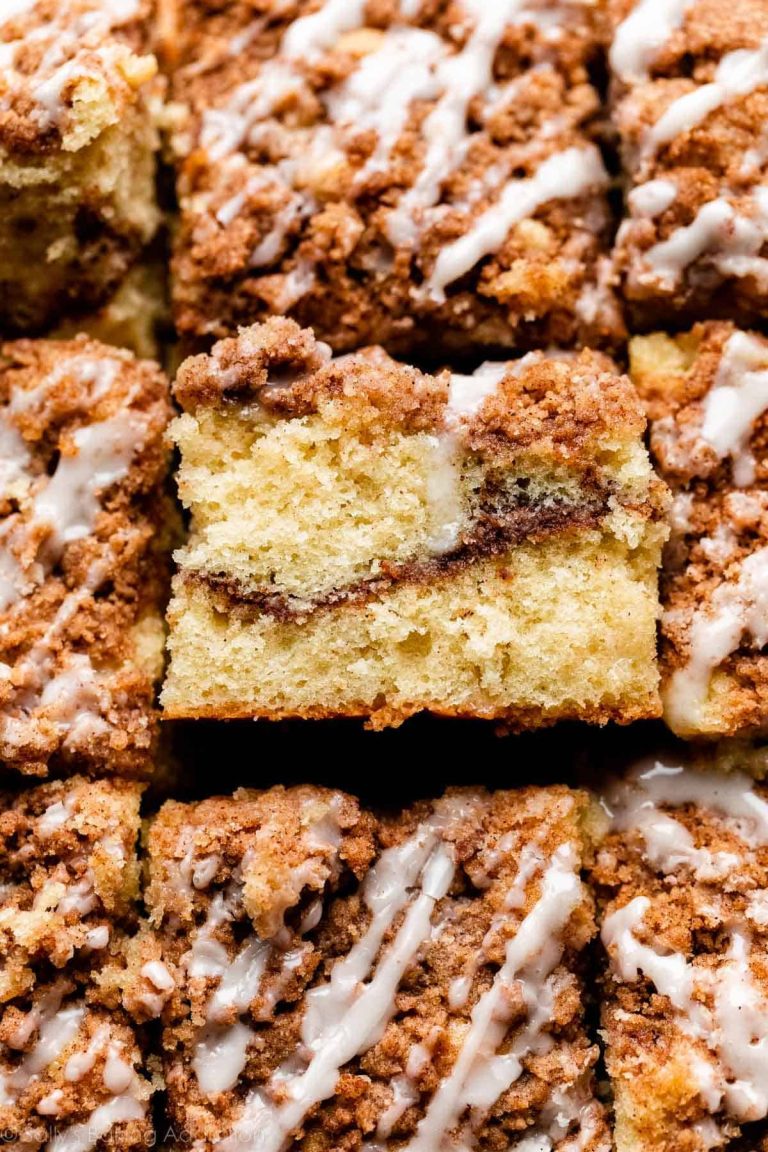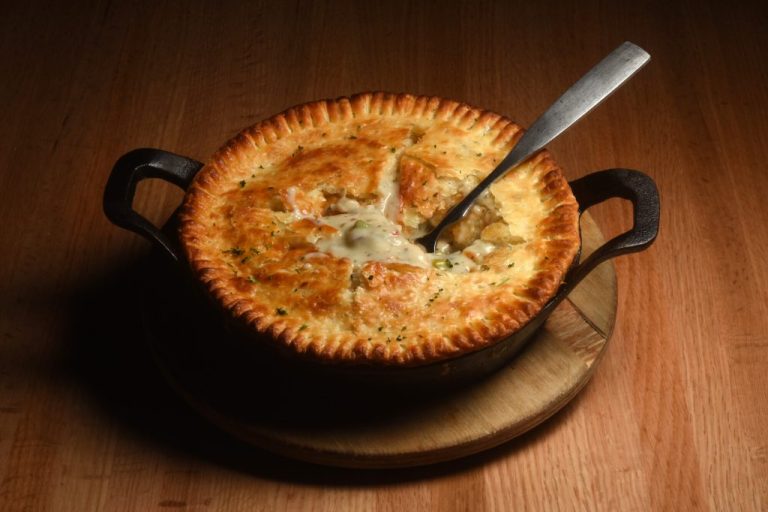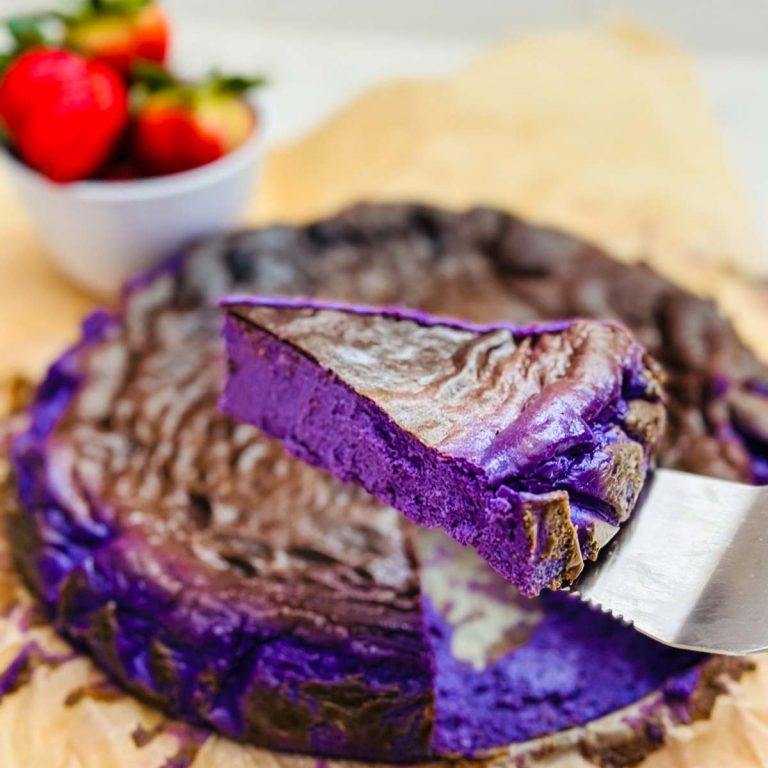White Sauce for Pasta: Tips, Recipes, and Perfect Pairings
White sauce, or béchamel, has roots in French cuisine. Louis de Béchamel, a steward of King Louis XIV, is often credited for popularizing it. Introduced in the 17th century, it quickly became a staple in French culinary practices. Today, it forms the basis of many Italian pasta dishes, signifying its widespread influence and acceptance.
Key Ingredients
White sauce requires basic ingredients available in most kitchens. The primary components include:
- Butter: Forms the base, providing richness and flavor.
- Flour: Acts as a thickening agent when combined with butter.
- Milk: Adds creaminess, transforming the mixture into a smooth sauce.
- Nutmeg: Offers subtle spice, enhancing the overall taste.
- Salt and Pepper: Essential for seasoning, balancing flavors.
These simple ingredients make white sauce both accessible and versatile, perfect for a range of pasta dishes.
How to Make the Perfect White Sauce
Essential Tips for a Smooth Texture
Use equal parts flour and butter. Maintain a 1:1 ratio to ensure the right consistency. For instance, use 2 tablespoons of flour for every 2 tablespoons of butter.
Cook the roux properly. Whisk the flour and butter over medium heat for 1-2 minutes until it turns light golden. This avoids the raw flour taste.
Add milk gradually. Pour cold milk slowly into the roux while continuously whisking. This prevents lumps from forming. A total of 2 cups of milk should suffice for a smooth sauce.
Keep whisking. Constant stirring is crucial. Use a whisk, not a spoon, to maintain a lump-free texture.
Season at the end. Add salt, pepper, and nutmeg to taste after the sauce thickens. This prevents over-seasoning early.
Common Mistakes to Avoid
Overheating the butter. Don’t let the butter brown; it should only melt and mix with flour. Brown butter alters the sauce’s flavor.
Skipping constant whisking. Infrequent stirring leads to a lumpy sauce. Always whisk continuously.
Adding all the milk at once. Pouring the milk too quickly results in a lumpy consistency. Add it gradually.
Using hot milk. Cold milk works best in preventing lumps. Adding hot milk can cause the roux to clump.
Forgetting to taste. Taste the sauce before serving. Adjust seasoning last to ensure it’s perfect.
Variations of White Sauce For Pasta
Cheese Enhanced White Sauce
Cheese enhanced white sauce adds depth to pasta dishes. Start with a béchamel base. Gradually melt 1 cup of grated cheese into the warm sauce. Popular choices include cheddar, Gruyère, or Parmesan. For a smoother consistency, shred cheese finely. Use a whisk to incorporate cheese until it’s completely melted. This sauce works well with macaroni and cheese, or over baked pasta dishes.
Vegan and Dairy-Free Alternatives
Vegan and dairy-free alternatives offer diversity for dietary restrictions. Replace butter with vegan margarine or olive oil. Substitute cow’s milk with unsweetened almond milk or soy milk. Thicken the sauce with a 1:1 ratio of all-purpose flour and your chosen fat. For added flavor, use nutritional yeast, which gives a cheesy taste. This version is perfect for those avoiding animal products or lactose intolerance.
Pairing White Sauce With Different Pastas
Best Pasta Shapes for White Sauce
Choose pasta shapes that best complement the creamy texture of white sauce. Fettuccine, with its wide, flat shape, pairs well because it holds the sauce evenly. Penne, with its tubular shape and ridged surface, catches the sauce inside, ensuring each bite is flavorful. Farfalle, or bow-tie pasta, provides a playful texture that works well with the thickness of white sauce. Use these pasta shapes for optimal results.
| Pasta Shape | Description |
|---|---|
| Fettuccine | Wide, flat noodles |
| Penne | Tubular with ridged surfaces |
| Farfalle | Bow-tie shaped |
Flavor Combinations to Try
Enhance your white sauce pasta by experimenting with various flavor profiles. Add sautéed garlic and mushrooms for an earthy touch. Mix in cooked spinach and sun-dried tomatoes if you prefer a pop of color and a tangy flavor. Incorporate diced chicken and peas to create a protein-rich, balanced meal. Try these combinations to discover new favorites.
| Combination | Added Ingredients |
|---|---|
| Garlic and Mushrooms | Sautéed garlic, mushrooms |
| Spinach and Sun-dried Tomatoes | Cooked spinach, sun-dried tomatoes |
| Chicken and Peas | Diced chicken, peas |
Using these pasta shapes and flavor combinations will elevate your white sauce dishes and enhance your dining experience.
Conclusion
Mastering the art of white sauce can elevate your pasta dishes to new heights. By understanding its history and versatility, you can create meals that cater to any palate. Pairing white sauce with the right pasta shape and experimenting with different flavor combinations will keep your dishes exciting and delicious. Whether you’re cooking for a special occasion or a weeknight dinner, a well-made white sauce is a surefire way to impress. Dive in and start exploring the endless possibilities that white sauce has to offer.






